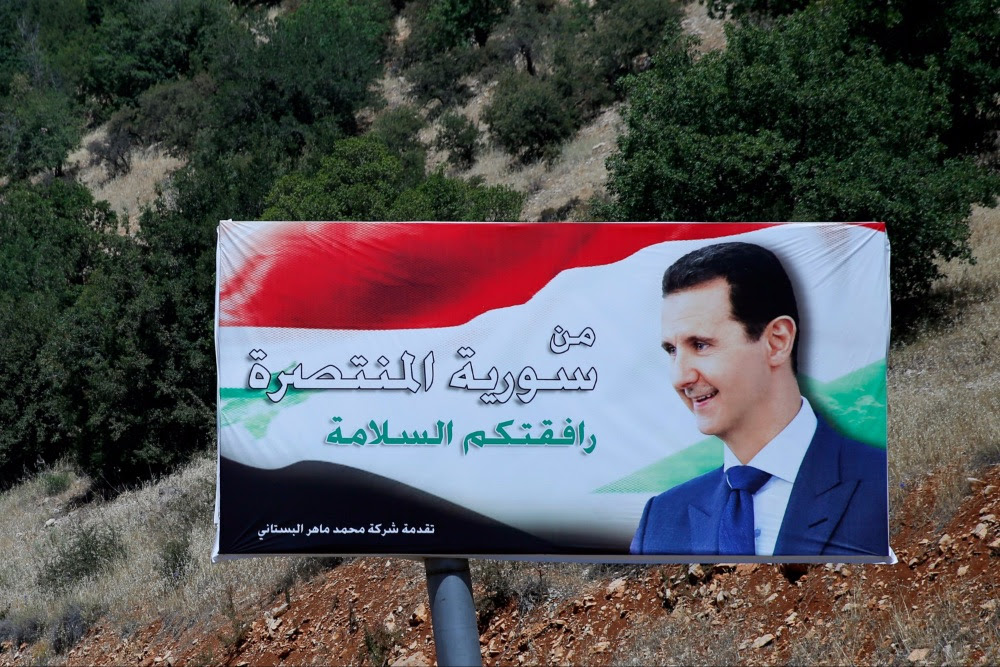 The Syrian civil war that has decimated the country for eight years now, provoking a regional humanitarian crisis and drawing in actors ranging from the United States to Russia, appears to be drawing inexorably to a conclusion. President Bashar al-Assad, with the backing of Iran and Russia, seems to have emerged militarily victorious from the conflict, which began after his government violently repressed civilian protests in 2011. The armed insurgency that followed soon morphed into a regional and global proxy war that, at the height of the fighting, saw radical Islamist groups seize control over vast swathes of the country, only to lose it in the face of sustained counteroffensives by pro-government forces as well as a U.S.-led coalition of Western militaries.
The Syrian civil war that has decimated the country for eight years now, provoking a regional humanitarian crisis and drawing in actors ranging from the United States to Russia, appears to be drawing inexorably to a conclusion. President Bashar al-Assad, with the backing of Iran and Russia, seems to have emerged militarily victorious from the conflict, which began after his government violently repressed civilian protests in 2011. The armed insurgency that followed soon morphed into a regional and global proxy war that, at the height of the fighting, saw radical Islamist groups seize control over vast swathes of the country, only to lose it in the face of sustained counteroffensives by pro-government forces as well as a U.S.-led coalition of Western militaries.Assad now faces the challenge of rebuilding the country, including areas where he allegedly deployed chemical weapons against his own citizens. The question of who will foot the bill is still an open one. U.S. President Donald Trump’s administration has been eager to distance itself from the situation in Syria, and Assad’s allies in Moscow are unlikely to take on the costs of reconstruction, which the United Nations has estimated at $250 billion.
A poster of Syrian President Bashar al-Assad with Arabic that reads “Welcome to victorious Syria,” is displayed on the border between Lebanon and Syria, July 20, 2018 (AP photo by Hassan Ammar).
Meanwhile, the fighting is not yet fully over, with the northwestern Idlib region remaining as the primary flashpoint. It is the last major area outside of government control, and the lives of millions of civilians remain at risk as clashes heat up between Russian-backed government forces and the Islamist militias that control the region under the tacit protection of Turkish forces deployed there.
An all-out offensive would add to the war’s already staggering humanitarian cost. The estimated death toll is 400,000 people, but it could actually be much higher. And at various points in the conflict, more than half of the country’s population was displaced. The United Nations Refugee Agency estimates that 5.6 million people have fled the country since the fighting started, putting a significant strain on neighboring countries as well as Europe. Even as the conflict winds down, it is unclear when or if they will be able to return.
WPR has covered the Syrian civil war in detail and continues to examine key questions about what will happen next. Will Russia and Turkey prevent the crisis in Idlib from deepening? Can Russia force the Assad regime to make key institutional reforms to satisfy Western nations’ conditions for helping to fund Syria’s reconstruction? What role will Iran and the militias it supports continue to play in the country? Below are some of the highlights of WPR’s coverage.
